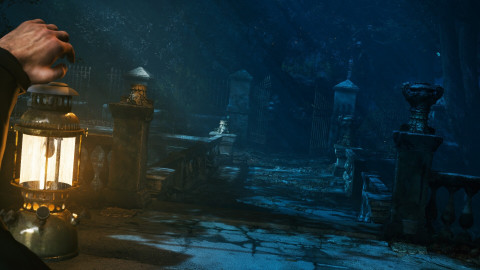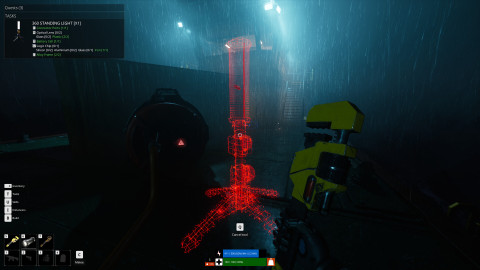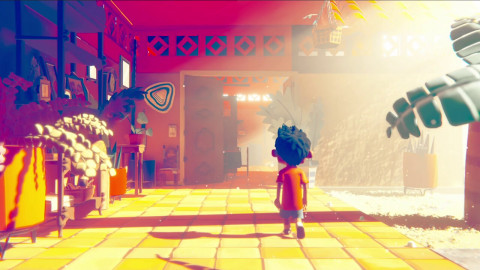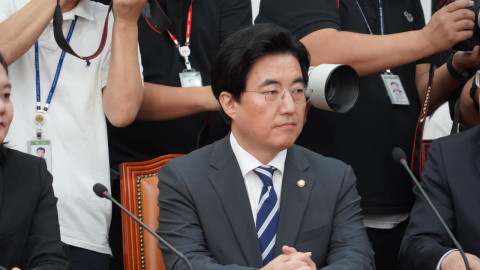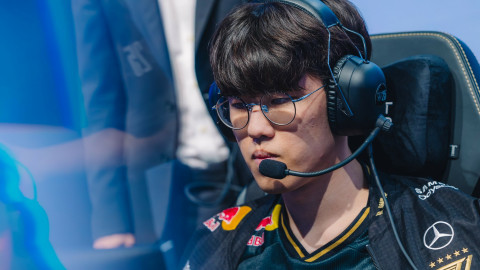
There are two main types of cards in Legends of Runeterra: units and spells. Units are the champions and minions fighting on the battlefield, while spells are flung around to influence the outcome of battle in more ethereal ways. In this guide we take a look at the types of spells there are in Legends of Runeterra, and how they behave in the game.
Like with units, you have to spend mana to cast a spell. However, spells can use the unique “spell mana” to be cast too—more about that in our mana guide. You will find three types of spells in Legends of Runeterra: slow spells, fast spells and burst spells. What type a spell belongs to determines just how much interaction can have with it, and when you are allowed to cast the spell.
Most spells in Legends of Runeterra don’t have their effect trigger immediately. Slow spells and fast spells instead “queue up”, and pass the initiative to the opponent. They can then decide whether they want to try prevent the effect from happening, or if those resources are best kept as a backup plan for later. Say, for example, you cast a slow spell that’s about to kill an enemy unit. When you’ve played the spell, the opponent then has a chance to cast a spell that protects the unit, for example by granting it Barrier, or Recalling it to their hand. Only fast spells join the queue behind a slow spell; you can’t cast slow spells in response, and burst spells trigger instantly (more about them later).
Queueing spells goes back and forth continuously, until either player doesn’t answer the last-played spell of the opponent. The spells then trigger in sequence, starting with the spell that was cast last, going down the queue until the very first spell. If a spell’s target disappears, like when the target is Recalled before the spell can trigger, the spell simply does nothing.

Let’s now take a look at each type of spell and how they behave in-game.
Slow spells have the most limitations if you want to cast them. They can only be played as long as there are no units attacking—they have to be cast before or after the combat phase. You can play units and spells from hand for as long as you want, but when you or the opponent (depending on who’s attacking) drags their first unit into the actual battlefield, slow spells can no longer be cast until the battle has been resolved. In the post-combat phase, they can be cast again.
After the slow spell’s effect triggers, the opposing player can make a counter move, similar to how summoning units is a constant back and forth. Below are to images to explain when you can, and when you cannot cast slow spells.

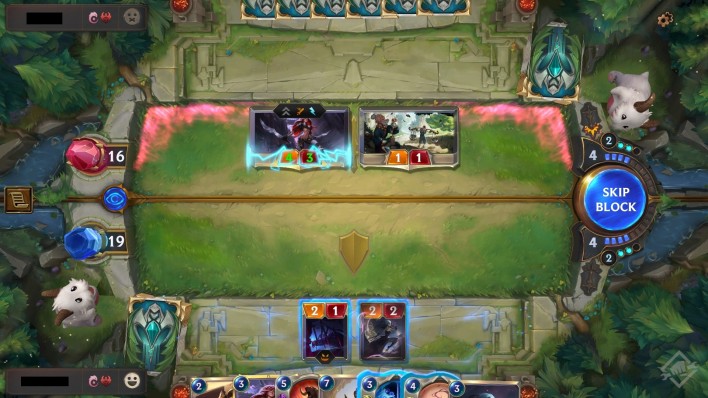

Fast spells have far fewer limitations than slow spells. It’s fairly simple: if you have the mana and if it’s your move, you can cast a fast spell. Fast spells can be played more reactionary than slow spells, and therefore can swing the pace of a turn around quite drastically. If your opponent is pressing the attack with a fearsome unit, a fast spell can still attempt to take it out.
Much like with slower spells, after you’ve cast a fast spell the initiative goes back to your opponent. They can try to mitigate your fast spell’s effect with spells of their own, before the queue of spells activates.

The third and most powerful type of spell in Legends of Runeterra is the burst spell. These spells can also only be played if it’s your move, but they have two major advantages over fast and slow spells. Firstly, burst spells cast instantly. They don’t join the aforementioned spell queue, meaning there is quite literally nothing your opponent can do to preemptively counter its effect. Secondly: they don’t pass the initiative back to an opponent. If you have a theoretical hand of infinite burst spells that cost no mana, you can keep casting them until your timer runs out.

While champion spells don’t fall in their own category of spells, they’re worth taking a look at. Because what are champion spells? As you may have read in our deck building guide, you can have up to three copies of any given card in your deck, including the powerful champion cards. However, if you already have a copy of a certain champion on the board, the other copies of that champion automatically turn into the champion’s champion spell. Each champion has a unique champion spell.
Your champions only transform in their respective champion spell after a copy of the champion itself is on your side of the board. So if you have two Hecarims in hand, they’ll just be two Hecarims. As soon as you play either copy of Hecarim, the other one transforms into “Onslaught of Shadows”, Hecarim’s champion spell. Once the Hecarim on board has died, the Onslaught of Shadows transforms back into a regular Hecarim.

When you’re browsing through your collection you may notice that you can manually add extra copies of champion spells to your deck too. But these regular spells are not exactly the same as champion spells. When it comes to the literal effect, there is a small difference between, for example, a “Decimate” created by a copy of Darius, and a regular Decimate. Champion spells also shuffle a copy of their champion into your deck, meaning that in theory you can always play the physical copy of a champion three times per game.

Images via Riot Games
-

Storyteller by heart. If something is competitive, I am interested in it.
Sort by:
Comments :3
-
1

level 1 JetFuelCantMelt
2
According to all known laws
of aviation,
there is no way a bee
should be able to fly.
Its wings are too small to get
its fat little body off the ground.
The bee, of course, flies anyway
because bees don't care
what humans think is impossible.-
1
-
0
-


